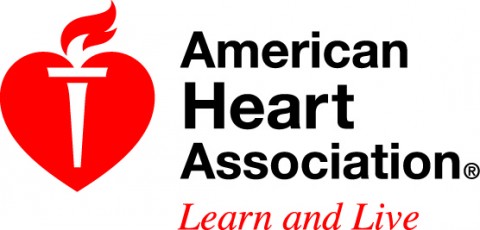 Dallas, TX – For the first time, researchers have converted scar tissue that forms after a heart attack into regenerated heart muscle using microRNA, according to an animal study reported in Circulation Research, an American Heart Association journal.
Dallas, TX – For the first time, researchers have converted scar tissue that forms after a heart attack into regenerated heart muscle using microRNA, according to an animal study reported in Circulation Research, an American Heart Association journal.
After a heart attack, heart muscle doesn’t easily regenerate and it accumulates scar tissue, made up of cells called fibroblasts — increasing risk for heart failure.
“Researchers have tried various approaches, including the use of stem cells, to regenerate damaged heart muscle tissue,” said Victor J. Dzau, M.D., the study’s senior author and James B. Duke Professor of Medicine at Duke University Medical Center in Durham, NC. “This is the first study to use microRNA, which are small molecules that control gene expression, to reprogram fibroblasts into heart muscle cells. We have not only shown evidence of this tissue regeneration in cell cultures, but also in mice.”
Using microRNA is simpler than many other tissue-regenerating approaches, said Dzau, who is also Chancellor for Health Affairs at Duke University. For example, stem cells aren’t easy to work with and have ethical issues surrounding their use, he said. “This research represents a major advance in regenerative medicine overcoming the difficulties encountered with stem cells, and may be applied to other conditions of tissue damage such as stroke and spinal cord injury.”
MicroRNAs serve as master switches. Each microRNA regulates genes, turning them on or off. Dzau’s team identified a combination of three microRNA types that convert fibroblasts to muscle cells. Researchers will next study whether microRNAs repair damaged hearts in larger animals and improve heart function. If those studies prove safe and effective, they will start human studies, Dzau said.
“If everything comes to fruition, I think we will see this as a therapy in the next decade,” Dzau said. “Conceivably, we’ll use it to regenerate hearts damaged by heart attacks, avoiding heart failure and saving lives.”
Co-authors are Tilanthi M. Jayawardena, Ph.D.; Bakytbek Egemnazarov, Ph.D.; Elizabeth A. Finch, Ph.D.; Lunan Zhang, M.D.; J. Alan Payne, B.A.; Kumar Pandya, Ph.D.; Zhiping Zhang, M.D., Ph.D.; Paul Rosenberg, M.D.; and Maria Mirotsou, Ph.D. Author disclosures and sources of funding are on the manuscript.


